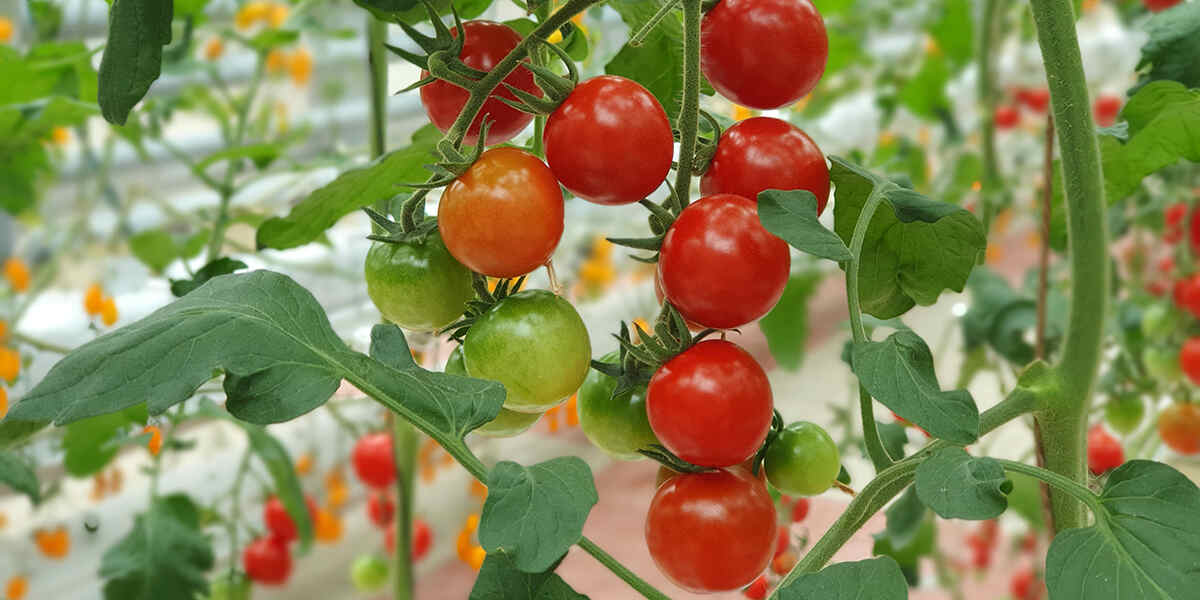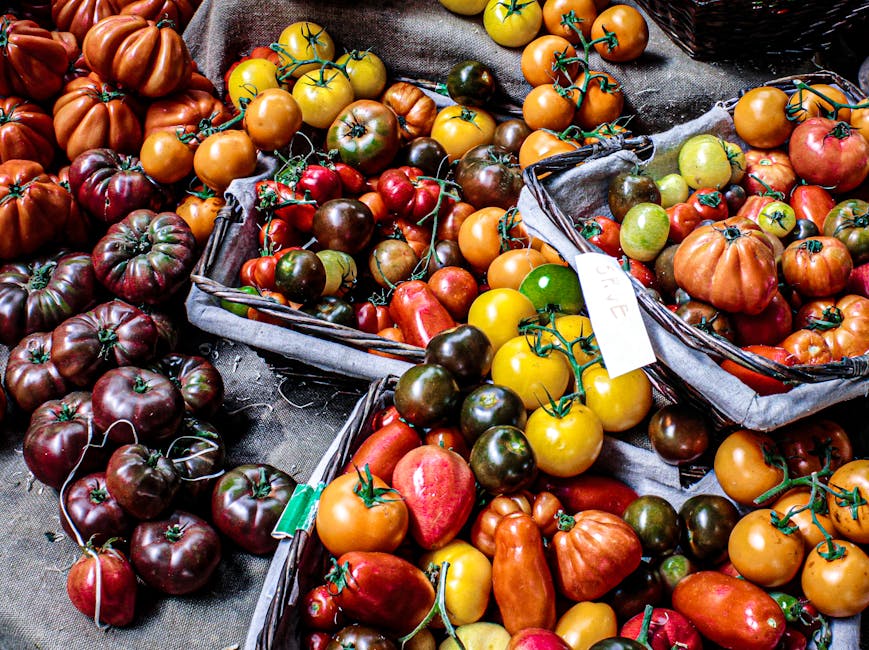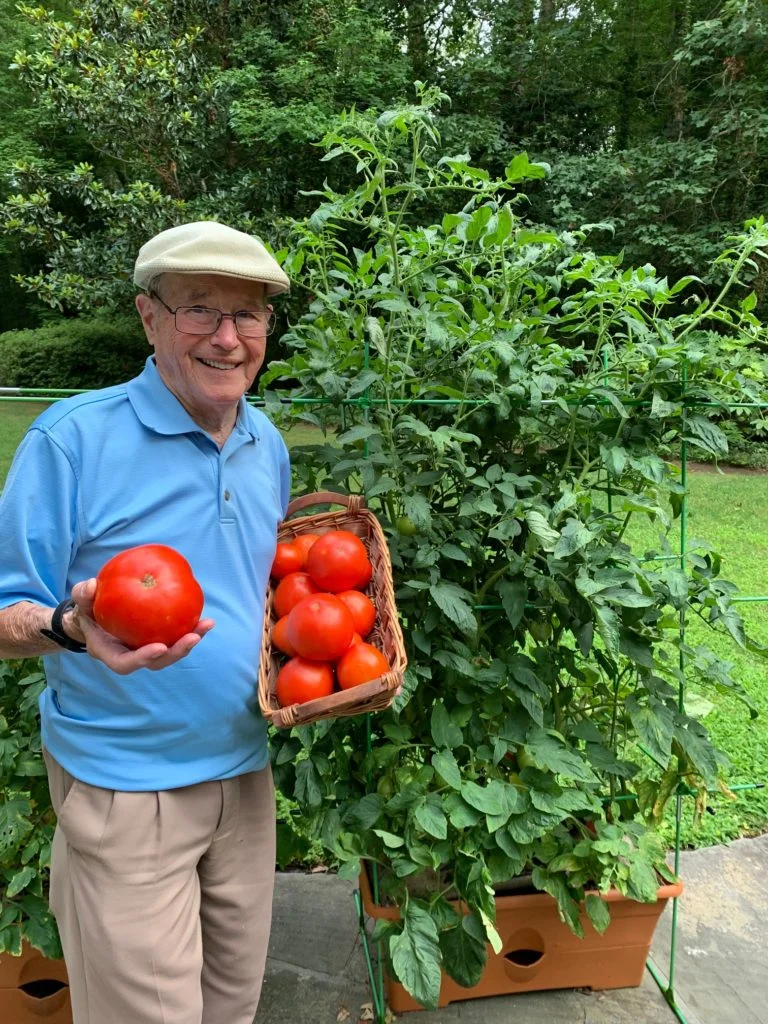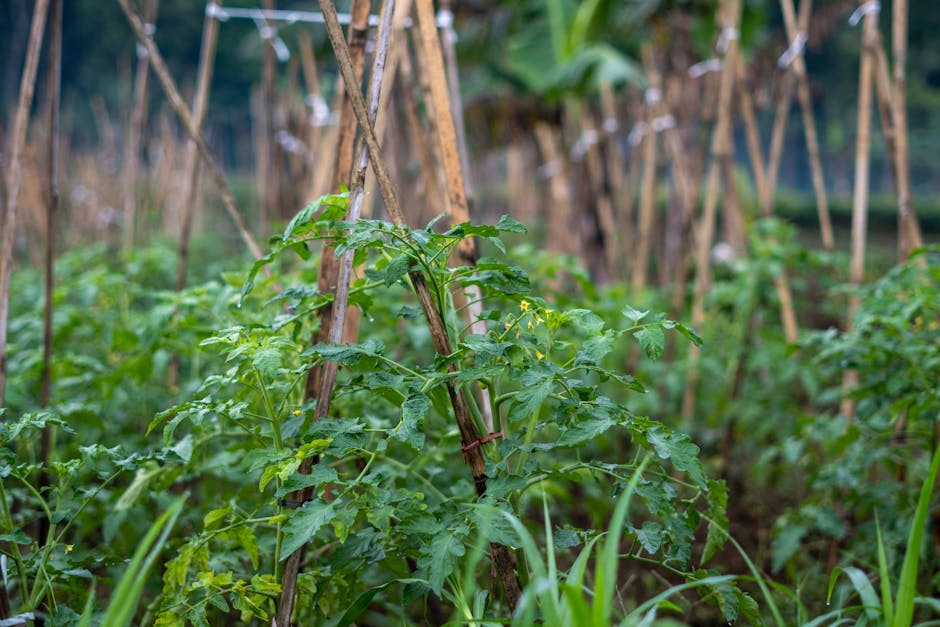Cultivating homegrown tomatoes can be fun, but do you know the differences between determinate and indeterminate tomatoes? Many amateur planters aren’t sure which type of tomato is best for their gardens. Learning the differences between determinate vs. indeterminate tomatoes can help you know what to expect during harvest.
At A Garden Patch, our experienced crop specialists identify the key qualities of each tomato variety. In the following article, you can see how different types of tomatoes grow and what they look like once the fruit sets.
Continue exploring our website to see how a tomato planter GrowBox can simplify your gardening experience. This modern plant growth solution ensures your crops get the nutrition they need all season.
Defining Determinate and Indeterminate Tomatoes
Before you can learn the differences between determinate vs. indeterminate tomatoes, consider how most farmers define each variety.
Simply put, a determinate tomato tends to ripen before the cold months, offering quick yields and bold flavors. These plants grow like bushes and can sprout up to five feet tall.
In contrast, indeterminate tomatoes require longer incubations and may not set fruit until early in the frost season. These plants grow like a vine, sometimes sprouting up to nine feet. Indeterminate tomatoes usually provide larger yields, despite taking longer to cultivate.
Common determinate varieties include Roma, Rutgers, and grape tomatoes. These tomatoes are small with meaty, round bodies — the perfect ingredients to sweeten your salad bowl.
Indeterminate varieties typically consist of larger fruits, such as the cherry, champion, or early girl tomatoes. These fruits have softer bodies, which you can cut through easily with a knife.
Distinguishing Varieties at the Market
Now that you have a vague idea of determinate vs. indeterminate tomatoes, how can you tell them apart at the store?
Suppose you want to plant a few determinate tomato plants from scratch. Most home and garden outlets provide both determinate and indeterminate varieties in seed packets. You can check the front or back of the packet for this information.
Online sellers also provide these details if you want to purchase tomato varieties that are not local to your area.
Alternatively, you can distinguish different tomato varieties apart at a plant nursery by looking at the leaves. If you see small flower buds around the body, it is probably a determinate tomato. On the other hand, you may have an indeterminate tomato plant if you only see green leaves.
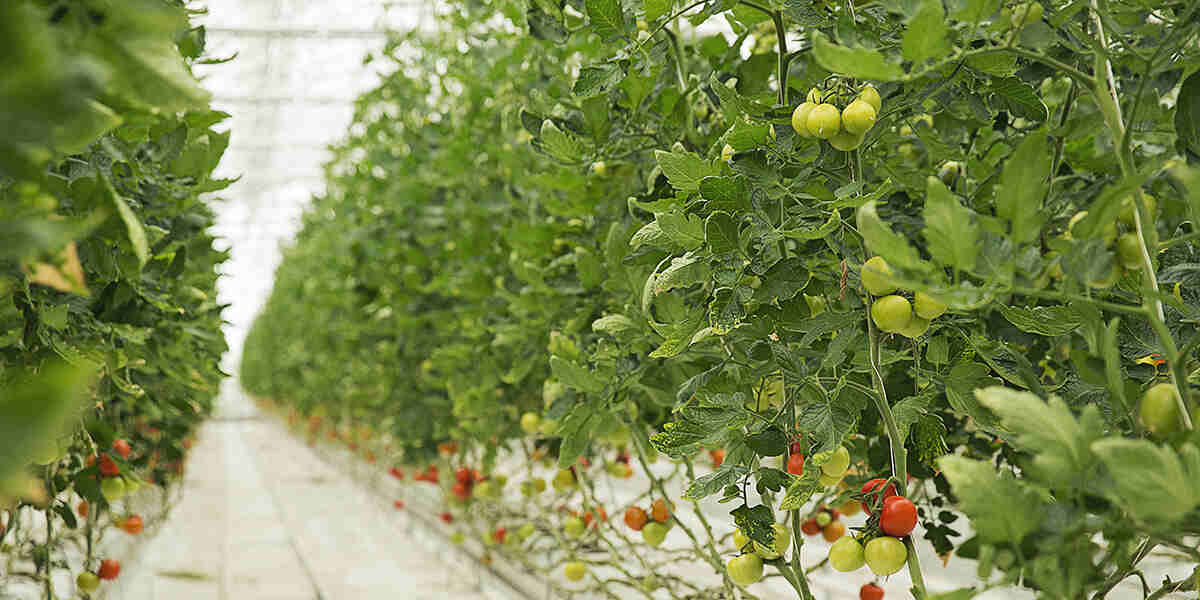
How to Care for Determinate Tomatoes
Determinate and indeterminate tomatoes require different gardening care. For example, determinate tomatoes have a self-pruning quality that allows them to stop sprouting foliage once their flower buds blossom. This evolutionary advantage means you can cage or stake the bush without worrying about trimming away excess foliage throughout the season.
They require minimal structural support as a bushy plant. Compact determinate tomatoes may not need support at all, depending on your soil quality.
It’s still a good idea to prune low-hanging foliage on your tomatoes to prevent pests or pathogens from harming your young plant.
You can expect most of these tomatoes to ripen within the same one to three-week window — allowing you to prepare all your tomatoes for storage in bulk.
How to Care for Indeterminate Tomatoes
Unlike determinate varieties, indeterminate tomatoes continue to grow until frost or disease causes the plant to die. Hence, you should expect to prune these plants throughout the season.
You may notice that your tomato plant produces several small yields before the autumn frost. It may be wise to plant several of these tomatoes during a single season. This way, if the cold comes early, you may be able to harvest a large, combined yield from multiple vines.
Due to the plant’s size, growing containers are typically not the best choice for cultivating indeterminate tomatoes. Instead, a vertical gardening method may be the best solution, allowing you to support the plant as it grows upward.
How Tomatoes Set Fruit
What is the difference between determinate and indeterminate tomatoes when it comes to producing fruit?
Determinate tomatoes grow at the tips of the plant’s flower buds. It’s easy to tell when a determinate tomato is ripe by looking at the direction of its growth end. If the fruit hangs low and displays a vibrant red color, it is likely ready for harvest.
Indeterminate tomatoes eventually sprout flowers along the edges of the stem. This biological function allows the plant to continue growing, even if it produces multiple yields every few weeks.
Some clusters will not ripen at the same time. As a result, you may see both orange and red tomatoes alongside each other during harvest. Don’t worry — you can wait another week or two until the rest of the cluster is ripe.
Which Tomato Is Better?
Deciding between growing determinate vs. indeterminate tomatoes is largely a question of personal preference. However, some factors may encourage you to choose one variety over the other.
For example, suppose you live in a moderately cold climate. In this case, a determinate tomato plant may produce a complete yield with plenty of time to spare before the frost sets in. On the other hand, indeterminate tomatoes are excellent for gardens in mild or warm-weather climates.
It’s also important to consider how you intend to use your tomatoes after harvest. For instance, determinate tomatoes are excellent for canning large quantities of salsa, paste, or soup.
Indeterminate varieties are practical if you want fresh tomatoes for your favorite summer dishes throughout the season. Depending on your plant’s health, you could enjoy a few fresh tomatoes every week.
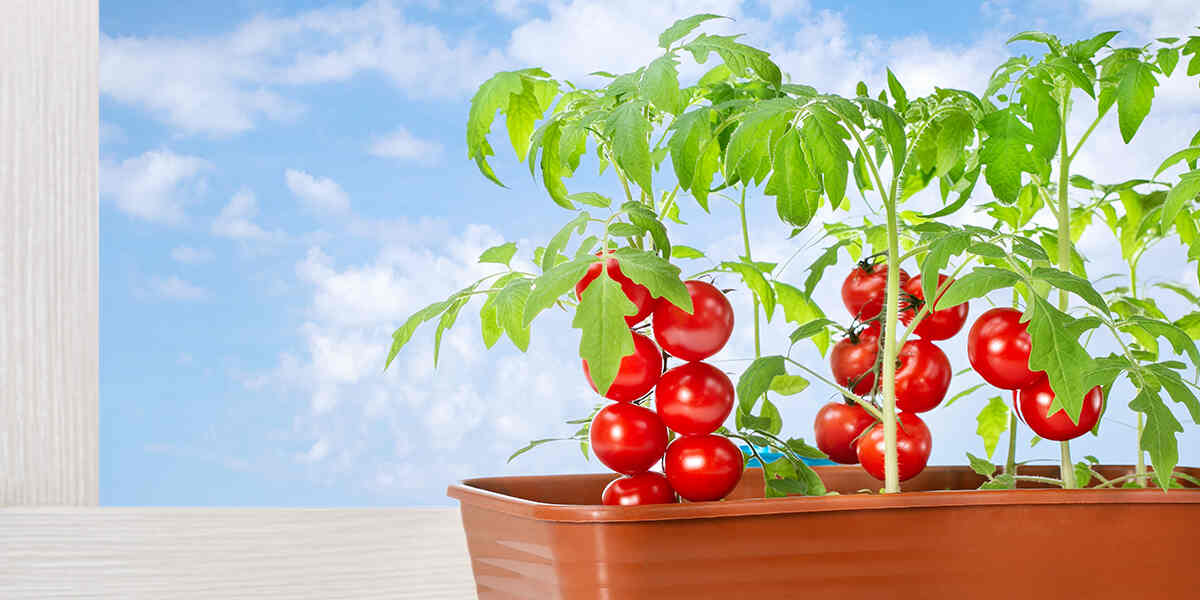
Enhance Your Tomato Garden with a GrowBox
Managing your tomato garden doesn’t need to feel overwhelming. At A Garden Patch, our GrowBox automatic fertilizers can remove all the guesswork and stress from your planting experience. These modern grow containers offer perfect spacing between plants and evenly distribute essential nutrients and soil amendments, such as dolomite.
Learn the best tomato harvesting times by exploring our other articles.
Contact A Garden Patch in Louisiana, MO, for more information about determinate vs. indeterminate tomatoes by calling (800) 519-1955.

